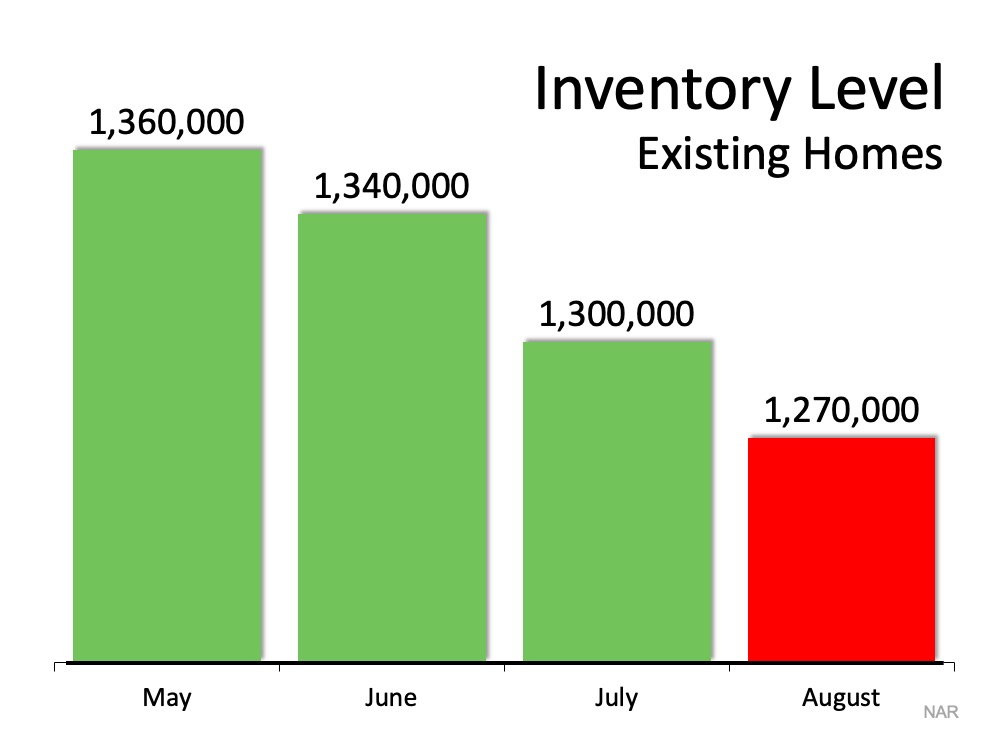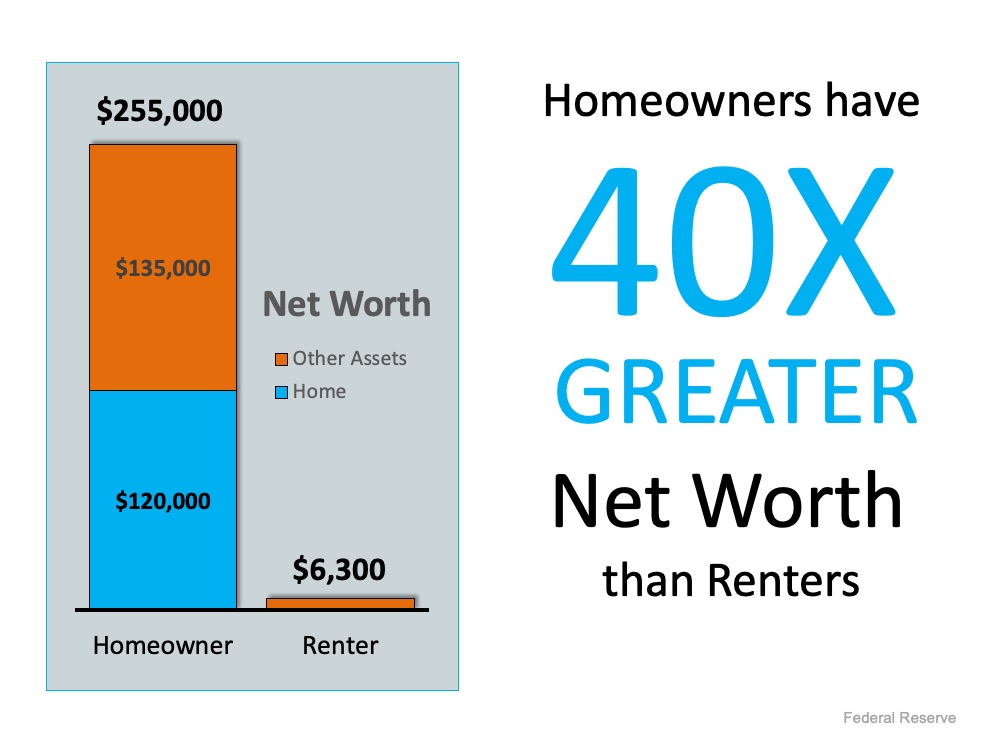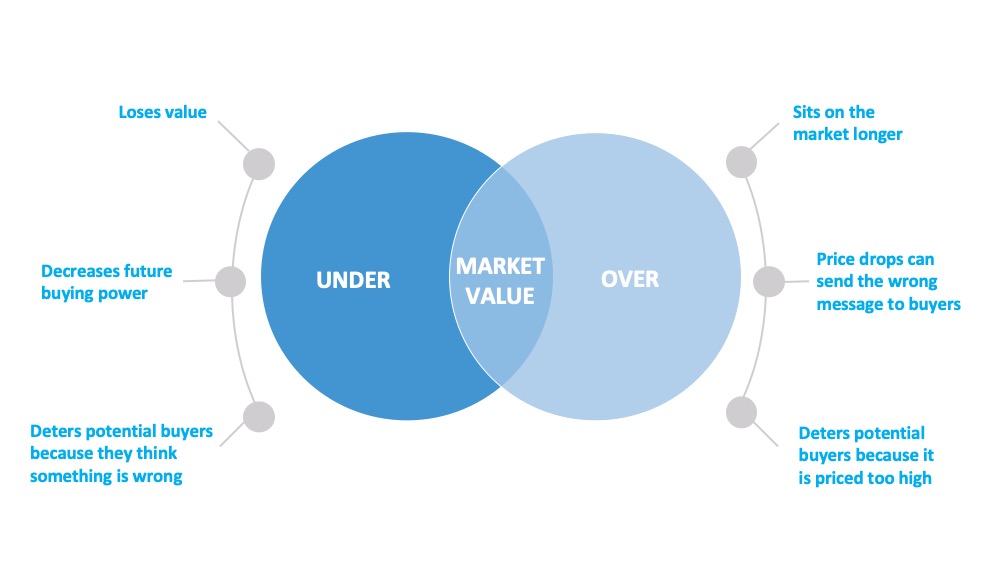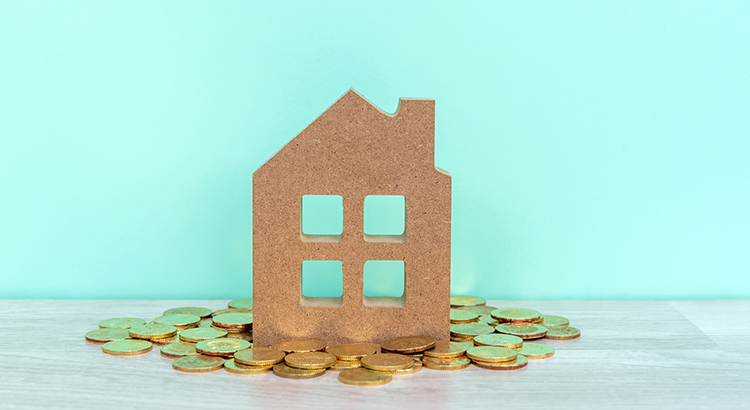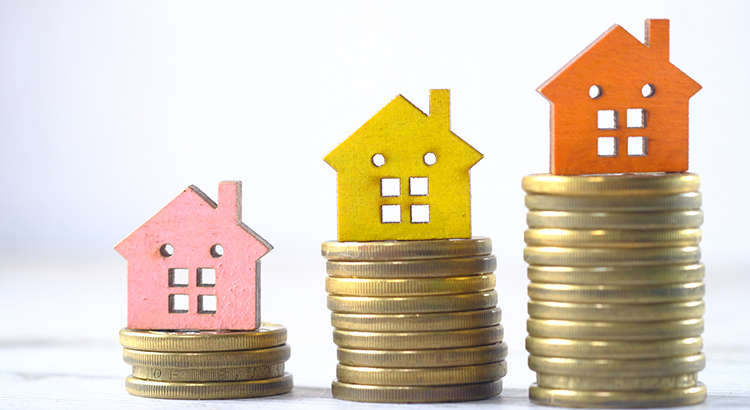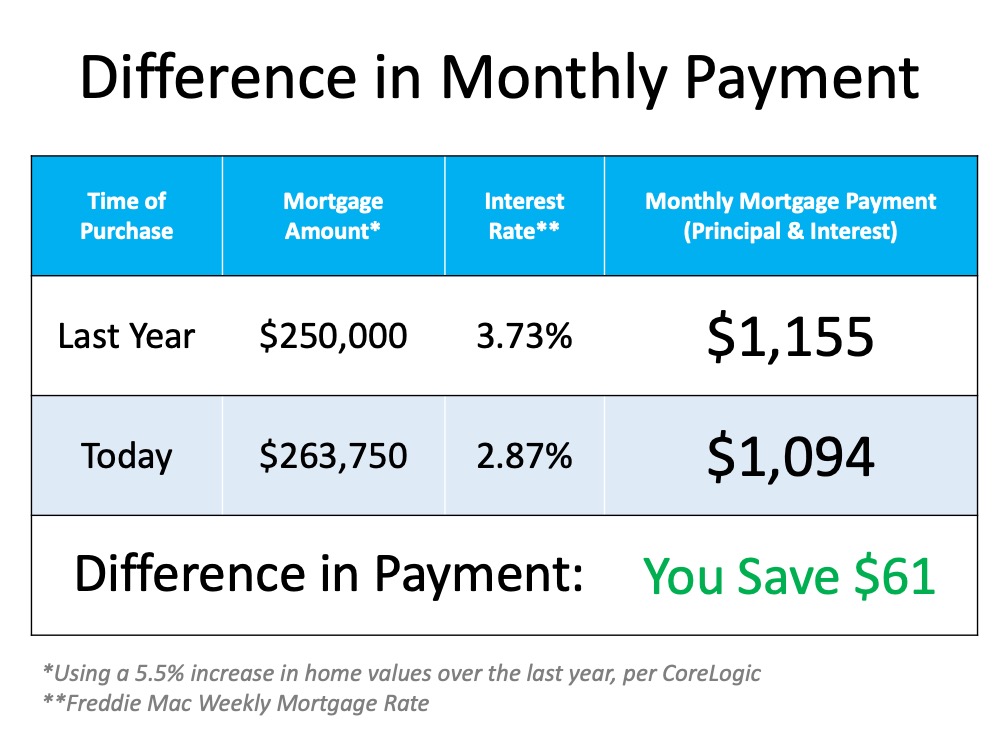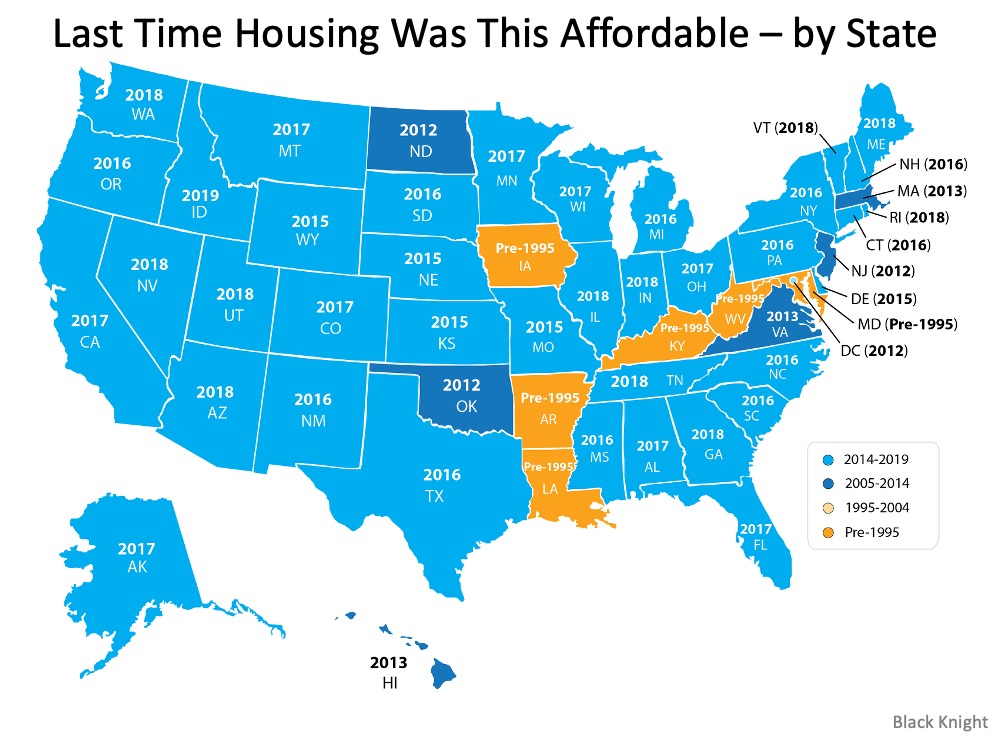How Is the Pandemic Shaping Home Design?
How Is the Pandemic Shaping Home Design?
By
A recent survey of architects reveals that clients are looking for ways to improve the time they spend at home.
The coronavirus pandemic is already shaping home design trends, with special-function rooms and products that serve needs particular to the pandemic rising in popularity, according to a recent survey by the American Institute of Architects.
Every year, the institute surveys about 425 individual architects or firms in the business of custom-home building or renovation. Participants are asked to indicate whether requests for certain types of rooms and products are increasing, decreasing or stable. Trends are identified by noting the increases and offsetting them by the decreases. This year’s results were gathered in July.
“I won’t say it was unexpected,” said Kermit Baker, the organization’s chief economist and a senior research fellow at the Harvard Joint Center for Housing Studies. “I’d say surprising in the sense that the pandemic response was happening faster than we might have expected.”
.jpg)
Other new trends included exercise or yoga rooms and flexible spaces for home-schooling or other needs. Other special-function rooms (outdoor living spaces among them) maintained their popularity or edged up, as did products that were low maintenance and energy efficient.
This week’s chart shows which home features were the most popular and how requests for them rose or fell in 2019 and 2020.
Home Design Trends
A recent survey of architects reveals that clients are looking for ways to improve the time they spend at home.
Special Function Room Requests
Product Type Requests
2020
2019
2020
2019
Room type
Down
Up
Down
Up
Product type
Down
Up
Down
Up
Home office
4
%
33
%
0
%
68
%
Low
Maintenance
0
%
60
%
1
%
57
%
Outdoor living
1
61
1
62
Smart
thermostats
1
60
1
50
Additional
multifunction
room/flexible space
–
–
2
45
Products for
improving indoor
air quality
2
27
2
41
Mud room
2
32
0
38
Synthetic
materials
4
50
5
44
Au pair/
in-law suites
9
46
7
42
Tankless
water heater
10
50
7
42
Exercise room/
yoga space
–
–
4
28
Energy efficient
3
35
5
39
Task lighting
2
21
1
28
Sun rooms/three-
season porches
25
11
31
19
Thermal-
moisture control
2
26
3
27
Automated
window shades
8
32
9
28


